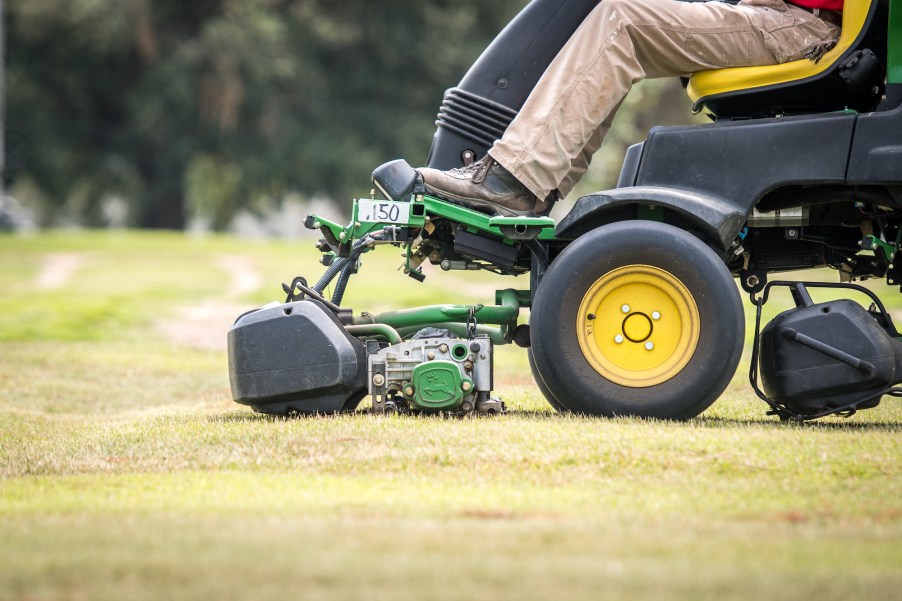
Riding Lawn Mower Safety Rules You Should Never Break
Riding lawn mowers are a convenient way to keep up with yard maintenance without breaking a sweat. However, failure to take care of your lawn mower could make it unsafe. OSHA also warns of the dangers of rollover accidents on these machines, which are easily preventable with good safety practices. Here’s how you can avoid potentially deadly injuries while using a riding lawn mower.
Common dangers associated with riding lawn mowers
Riding lawn mowers can tip over, leading to deadly consequences. For instance, in 2004, a groundskeeper died after running over a rock and was thrown from the vehicle, which then fell on top of him. Another worker was killed when trying to navigate a path that was too narrow, causing the mower to flip.
A common cause of riding lawn mower accidents is speeding. To avoid tipping over, drivers should always ease up on the gas around turns or while riding down slopes. You should also always mow in an up-and-down motion instead of side-to-side.
OSHA also highly recommends wearing personal protective equipment while riding a lawn mower. For example, a helmet could save your life in the event of an accident, while glasses can keep debris out of your eyes. It’s also not a good idea to wear jewelry or other clothing that could get caught in the blades.
When starting a riding lawn mower, always do it from the driver’s seat as soon as you’re ready to mow. Don’t attempt to dismount the vehicle at any time while in motion. OSHA warns there’s a chance the mower’s blades could strike your feet. Also, because there’s no place to secure passengers, only one person should ride the lawn mower.
Always check your surroundings before you operate a riding lawn mower
Before you begin mowing, ensure the terrain and slope conditions are safe. OSHA recommends using a slope indicator, which you can attach to the lawn mower. It calculates the steepness of an incline and whether your vehicle can safely traverse it.
If you don’t have a slope indicator, check the lawn mower’s manual for its angle limits. You should also evaluate the area for any rollover risks, such as large rocks or ditches. Plus, OSHA recommends staying at least two mower widths away from bodies of water.
Maintenance is key
Most riding lawn mowers already come equipped with a rollover protection structure (ROPS). You should never operate your riding lawn mower if this component is missing or damaged. If the mower never had one, it might have bolts in place so that you can install one yourself.
You can also attach other safety controls to your riding lawn mower, such as an operator presence control system. This device automatically stops the blades when you dismount the mower. In addition, interlocks prevent the mower from starting if it detects a blade has been engaged. It’s also a good idea to add and wear a seatbelt.
However, all of these precautions are useless if you don’t regularly inspect and maintain your mower. Keep a checklist of all these components and repair or replace them as needed. It’s best to leave repairs to qualified personnel instead of attempting to fix a riding lawn mower yourself.
Most important, don’t use a riding lawn mower without supervision or proper training. Riding lawn mowers are easy to use but can be deadly if you’re unaware of their risks and required maintenance.


